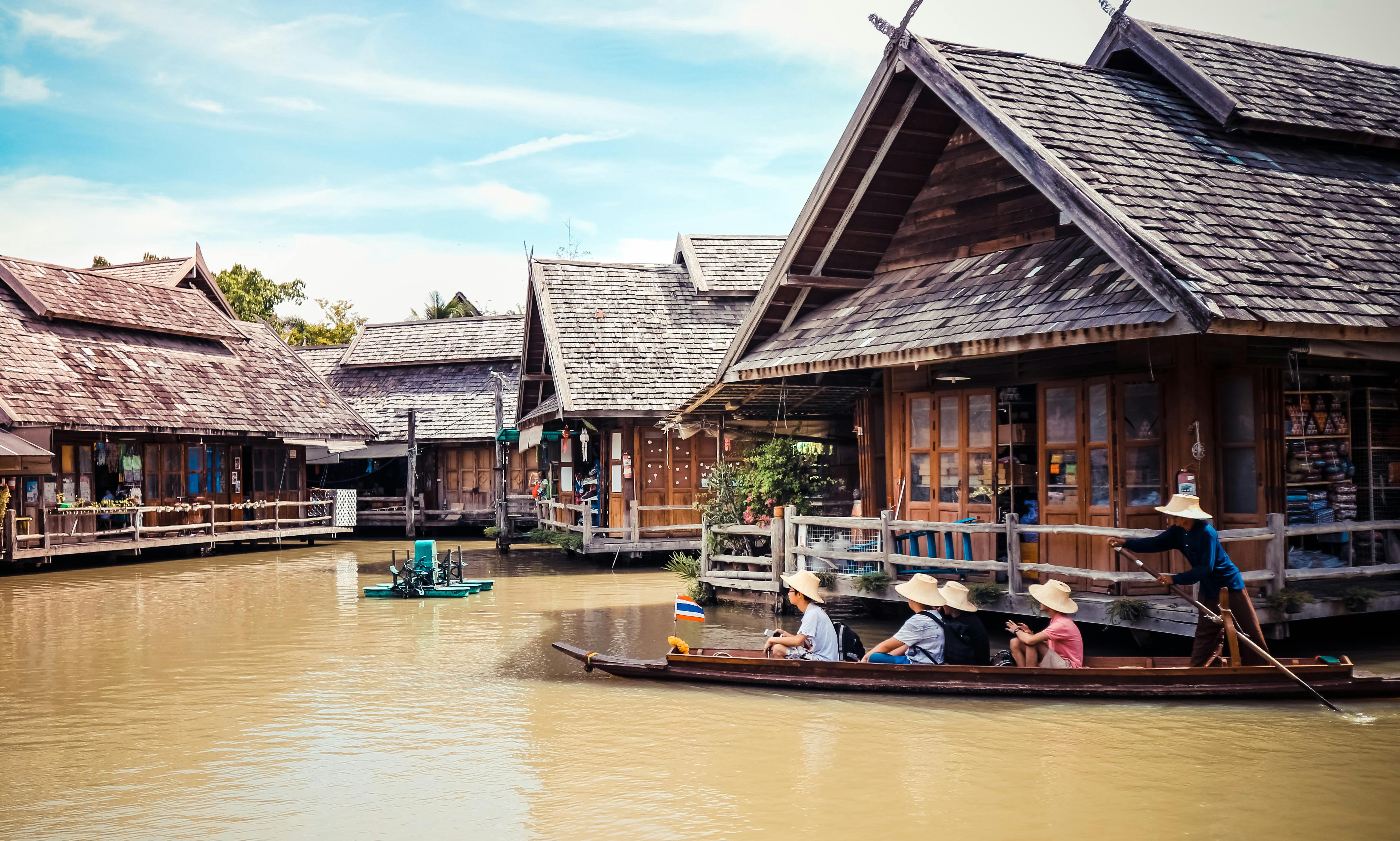5 quirky traditions to watch out for on your Peru vacation
Random. Surprising. Frustrating. Strange.
If you’ve ever taken a vacation to Peru, one or all of these words will pop up in your mind sooner or later. If you expected to find life in the same way as at home, you will be surprised. Why is Peru so different?
It could be thousands of years of civilizations crawling over each other, each leaving its own mark on the population and their behaviors. Today’s Peru is an anthropological melting pot with modern and colonial Spanish influence in towns and cities, while in the countryside Inca and pre-Inca cultures dominate everyday life.
As a result of this cultural mega-mix, you will witness some quirky and often disturbing practices on a Peru vacation. Here are 5 common ones to pay attention to.
1. Two bulls, a ladder and a cross on the roof.
Something that is very common in the mountains is the placement of two ceramic bulls on the roof of the house. The roofs of the traditional houses are covered with red clay tiles and as you walk the streets of cities like Cusco, Pisaq and Ollantaytambo, look up and you will see many pairs of bulls sitting next to each other.
The most traditional bulls come from Pukara in the highlands between Cusco and Puno and it is said that two bulls next to each other (male and female) mean various things; they keep the house safe with a blessing to the “Apus” (the Inca gods of the mountain) and ensure the wealth, health and unity of the occupants. The bulls can be combined with a ladder and a cross that allow easy passage to heaven when the time comes. This is a curious mixture of Inca and Catholic symbolism, but typical of many Peruvian things.
2. Red plastic bags on sticks
As you drive through the Sacred Valley of the Incas near Cusco, you will see many red plastic bags at the end and very long bamboo sticks sticking out of the houses. These are signs! They say: “We sell Chicha”, a corn-based alcoholic drink that is very (and in some cases, a bit) popular in the countryside.
On Sundays you will not only see the red signs, but the effects on the people who drink Chicha as they stagger through the small towns and villages muttering and being overly friendly or abusive towards tourists depending on the type of week they have had.
It is said that since yeast is expensive, people spit on the infusion to make it ferment. To add to the fun, some parts of Peru and Bolivia are said to also throw a dead baby’s hand severed for good measure. Make mine a double …
3. Baby shoes that hang in or under the car.
When you are taking a taxi, public bus, or even some private cars in Peru, you may notice a small shoe dangling from your laces. This is mostly done inside the car, which makes sense (who wouldn’t want a keepsake from your child when at work?), But sometimes the logic gets stretched when people hang their shoes under the car. This shoe is the first-born in the family and is said to bring wealth and luck to the family and help the family unit (a recurring theme apparently!).
4. Chew coca leaves
This is a very common habit in the countryside, but you will also see it in city markets when people from the countryside come to sell their wares. It is an Inca tradition where people accumulate a ball of coca leaves on one of their cheeks and allow the resulting liquid to seep into the bloodstream. The alkaloid ingredients of the Coca plant, which contain approximately 1% actual cocaine, allow chewing fanatics to combat fatigue, hunger and cold more easily and thus work harder in the field.
Many people chew the leaves when they are not working hard, perhaps when they are just sitting chatting, and although it is not necessarily an addiction, many people will pass 300 to 400 grams a week. Is that lump on your cheek coca leaves or are you just glad to see me?
5. Serious decoration
When traveling by road, you will inevitably see cemeteries in nearby fields, and there are often roadside shrines where people have died in traffic accidents. Around special holidays like Todo Santos, these graves are decorated by family members with many items that the deceased used to enjoy. This ritual also often occurs on the birthday of the deceased person. Things are placed on and around the grave such as football related objects, model cars or dolls, photos, bottles of beer or rum, favorite clothes, families can play their favorite music, etc.
Have you seen any of these traditions on your Peru vacation? Are there others I can think of?
